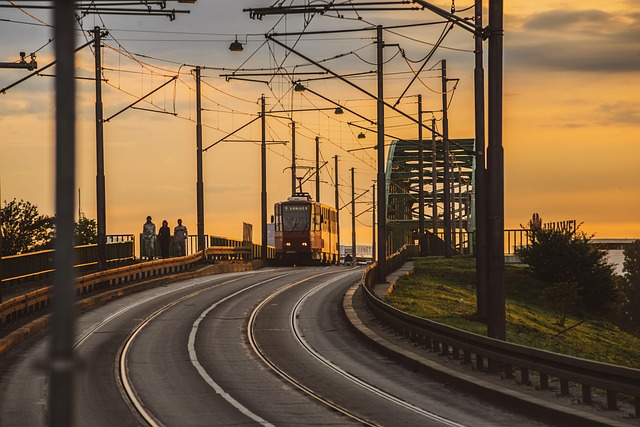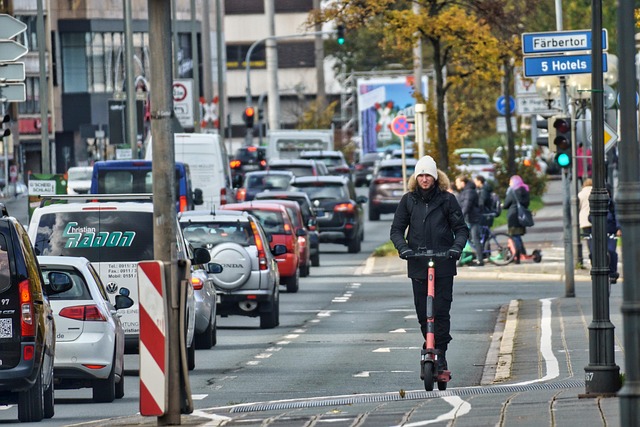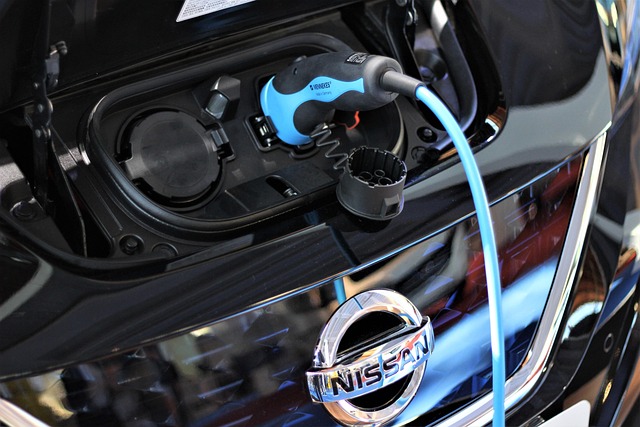Enhancing Public Transportation Efficiency for Sustainable Mobility and Rural Development
As global challenges around climate change and urbanization continue to grow, enhancing public transportation efficiency has become a crucial step toward achieving sustainable mobility. It’s not just about moving people from one place to another; it’s about creating a connected, resilient community that thrives in harmony with its environment.
Transport Sustainability: A Pathway to a Greener Future
At the heart of transport sustainability lies the goal of reducing our carbon footprint while improving accessibility for everyone. Public transportation systems that operate efficiently can diminish traffic congestion, reduce greenhouse gas emissions, and lead to cleaner air. Imagine hopping onto a bus or train that runs on renewable energy; it’s not just an innovative idea—it’s an attainable reality. By investing in energy-efficient public transit options, we can promote an eco-friendly lifestyle that challenges the typical car-centric culture.
Efficient public transportation encourages more individuals to leave their vehicles behind, providing them with a hassle-free alternative. With urban centers witnessing exponential growth, the adoption of reliable and frequent public transportation can significantly ease the burden on our roads, reducing travel times and improving overall quality of life. When communities invest in public transport infrastructure, they lay the groundwork for a healthier, more sustainable future for all.
Rural Development: Bridging Gaps through Mobility
But the discussion doesn’t stop at urban landscapes; rural areas deserve our attention as well. In many regions, public transportation remains underdeveloped, leaving vast segments of the population isolated and economically disadvantaged. Enhancing public transportation efficiency in these areas can lead to transformative changes. Access to reliable transportation is vital for rural residents; it opens doors to employment opportunities, education, healthcare, and essential services.
Implementing efficient transportation solutions in rural areas can help bridge the gap between rural and urban economies. Consider the impact of a bus service that connects small towns to larger cities. This simple yet effective solution can empower residents by providing them access to markets and job opportunities, enriching local economies and fostering community cohesion. Moreover, investing in public transport systems in rural regions supports sustainable tourism and preserves local culture, showcasing the unique aspects of each community.
The Synergy of Urban and Rural Steps
The beauty of enhancing public transportation is its potential to create harmony between urban and rural settings. As cities expand and rural areas are revitalized, a well-structured public transportation network can stimulate interaction and collaboration. Efficient public transport plays a vital role in building a sense of unity across diverse regions, ensuring that no one is left behind.
By prioritizing public transportation efficiency, we initiate a ripple effect of benefits—fostering sustainable mobility and enriching both urban and rural landscapes. Together, let’s take the steps necessary to create a future where transportation is accessible, efficient, and sustainable, paving the way for a more vibrant and equitable society.



